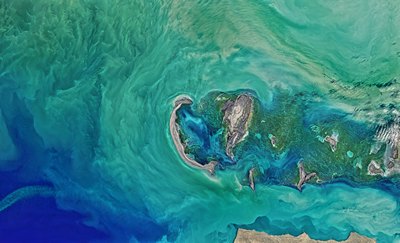Документы
В этом разделе представлены общедоступные документы и файлы, загруженные заинтересованными сторонами и хранителями окружающей среды Каспийского моря.
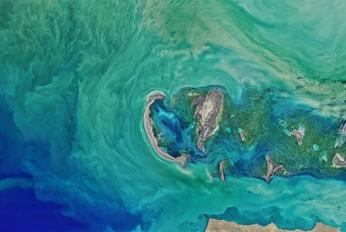 Caspian Sea Region: Environmental Issuesсб, 12/21/2024 - 16:01At the meeting point of the Middle East, Europe, and Asia, the Caspian region includes steppe land in the north, cold, continental deserts and semi-deserts in the northeast and east, and warmer mountain and highland systems in the south and southwest. The coastal wetlands of the Caspian basin include many shallow, saline poo
Caspian Sea Region: Environmental Issuesсб, 12/21/2024 - 16:01At the meeting point of the Middle East, Europe, and Asia, the Caspian region includes steppe land in the north, cold, continental deserts and semi-deserts in the northeast and east, and warmer mountain and highland systems in the south and southwest. The coastal wetlands of the Caspian basin include many shallow, saline poo
- Описание
At the meeting point of the Middle East, Europe, and Asia, the Caspian region includes steppe land in the north, cold, continental deserts and semi-deserts in the northeast and east, and warmer mountain and highland systems in the south and southwest. The coastal wetlands of the Caspian basin include many shallow, saline pools, which attract a variety of bird life and biodiversity; over 400 species are unique to the Caspian. In addition, the sea's native sturgeon is famous the world around for the roe it produces: sturgeon from the Caspian Sea accounts for approximately 90% of the world's caviar industry.
- Attached documents
- Metadata
- Год
- 2003
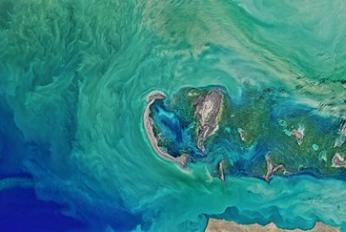 Map of Oil Spill Accidents since 2000вт, 06/05/2018 - 12:30Map of Oil Spill Accidents Since 2000 Produced by Manana Kurtrubadze for the SOE 2018
Map of Oil Spill Accidents since 2000вт, 06/05/2018 - 12:30Map of Oil Spill Accidents Since 2000 Produced by Manana Kurtrubadze for the SOE 2018
- Описание
Map of Oil Spill Accidents Since 2000
Produced by Manana Kurtrubadze for the SOE 2018
- Attached documents
- Metadata
- Год
- 2018
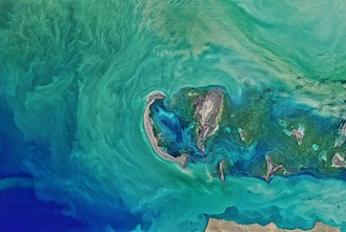 Oil Production & Consumption 2006-2016вт, 06/05/2018 - 12:26Oil Production & Consumption 2006-2016 Produced by Manana Kurtrubadze for the SOE 2018.
Oil Production & Consumption 2006-2016вт, 06/05/2018 - 12:26Oil Production & Consumption 2006-2016 Produced by Manana Kurtrubadze for the SOE 2018.
- Описание
Oil Production & Consumption 2006-2016
Produced by Manana Kurtrubadze for the SOE 2018.
- Attached documents
- Metadata
- Год
- 2018
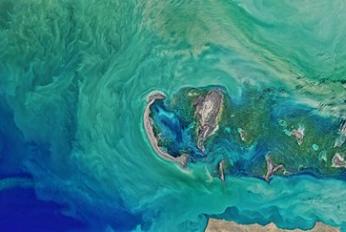 Natural Gas Production and Consumption 2006-2016вт, 06/05/2018 - 12:23Natural Gas Production and Consumption. Produced by Manana Kurtrubadze for the SOE 2018.
Natural Gas Production and Consumption 2006-2016вт, 06/05/2018 - 12:23Natural Gas Production and Consumption. Produced by Manana Kurtrubadze for the SOE 2018.
- Описание
Natural Gas Production and Consumption.
Produced by Manana Kurtrubadze for the SOE 2018.
- Attached documents
- Metadata
- Год
- 2018
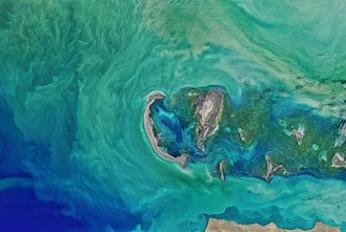 Article - Review of pollution sources and controls in Caspian Sea regionпн, 04/23/2018 - 18:24Daily extractions of crude oil and gas and transportation of them are the main pollution sources of the Caspian Sea. Many trucks for charring oil from ports along the Caspian Sea are considered as point and nonpoint sources along the seaboard. In addition, many ships, which are navigating in the Sea, are emitting pollution t
Article - Review of pollution sources and controls in Caspian Sea regionпн, 04/23/2018 - 18:24Daily extractions of crude oil and gas and transportation of them are the main pollution sources of the Caspian Sea. Many trucks for charring oil from ports along the Caspian Sea are considered as point and nonpoint sources along the seaboard. In addition, many ships, which are navigating in the Sea, are emitting pollution t
- Описание
Daily extractions of crude oil and gas and transportation of them are the main pollution sources of the Caspian Sea. Many trucks for charring oil from ports along the Caspian Sea are considered as point and nonpoint sources along the seaboard. In addition, many ships, which are navigating in the Sea, are emitting pollution to the Sea. Many cities and industries surround the Caspian Sea. Pollution from these cities and industries enter the Caspian Sea either directly or through rivers. The purpose of this paper is to look at the benefits of environmental management strategies in pollution prevention such as waste minimization and clean technologies. This minimizes the environmental problems due to waste generation and eliminates the cost of treatment and disposal of the waste. The benefits of the environmental management program along the Caspian Sea will ensure the clean water and the better environment of the Sea.
- Attached documents
- Metadata
- Год
- 2009
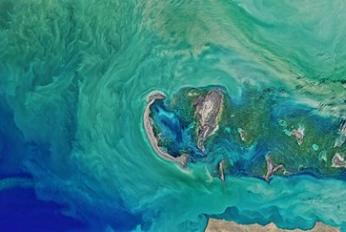 Overview of oil and natural gas in the Caspian Sea region - Reportпн, 04/23/2018 - 18:21This report analyzes oil and natural gas in the Caspian region, focusing primarily on the littoral (coastal) countries of the Caspian Sea (Russia, Azerbaijan, Kazakhstan, Turkmenistan and Iran). A discussion of Uzbekistan is also included. While not a Caspian coastal state, a considerable amount of Uzbekistan's territory, al
Overview of oil and natural gas in the Caspian Sea region - Reportпн, 04/23/2018 - 18:21This report analyzes oil and natural gas in the Caspian region, focusing primarily on the littoral (coastal) countries of the Caspian Sea (Russia, Azerbaijan, Kazakhstan, Turkmenistan and Iran). A discussion of Uzbekistan is also included. While not a Caspian coastal state, a considerable amount of Uzbekistan's territory, al
- Описание
This report analyzes oil and natural gas in the Caspian region, focusing primarily on the littoral (coastal) countries of the Caspian Sea (Russia, Azerbaijan, Kazakhstan, Turkmenistan and Iran). A discussion of Uzbekistan is also included. While not a Caspian coastal state, a considerable amount of Uzbekistan's territory, along with its energy resources, lies in the geological Caspian basins.
The combination of foreign investment and rising energy prices allowed the coastal countries to shift from diverting oil extraction for local use to supplying both regional and world oil markets. The ability of countries to export greater volumes of Caspian crude oil and natural gas will depend on how quickly domestic energy demand rises in those countries, how quickly they can build additional export infrastructure to global markets, and whether expensive projects to develop Caspian resources can attract sufficient investment.
- Attached documents
- Metadata
- Год
- 2013
Документ
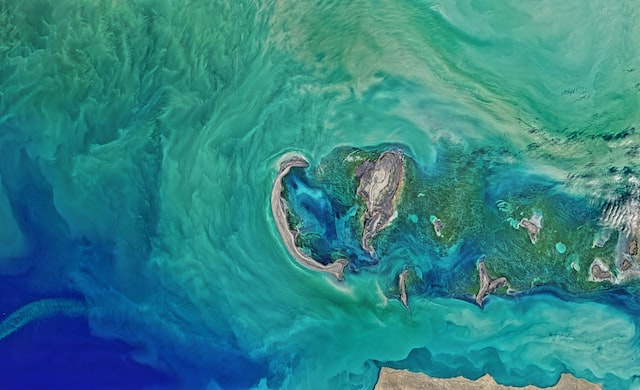
Caspian Sea Region: Environmental Issues
Документ
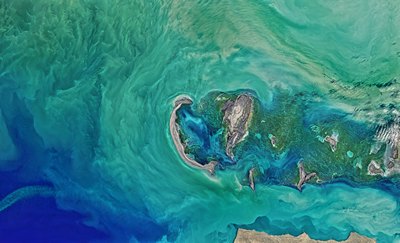
Map of Oil Spill Accidents since 2000
Документ
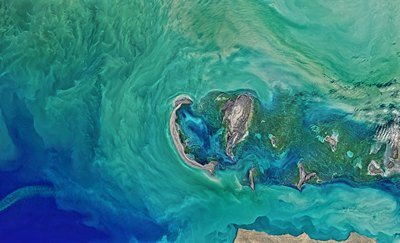
Oil Production & Consumption 2006-2016
Документ
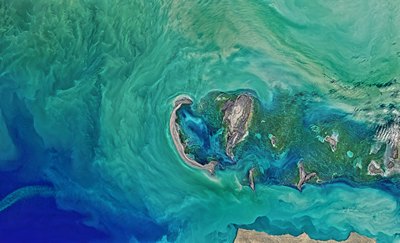
Natural Gas Production and Consumption 2006-2016
Документ
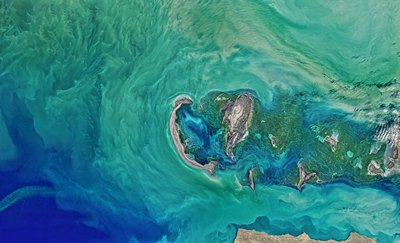
Article - Review of pollution sources and controls in Caspian Sea region
Документ
